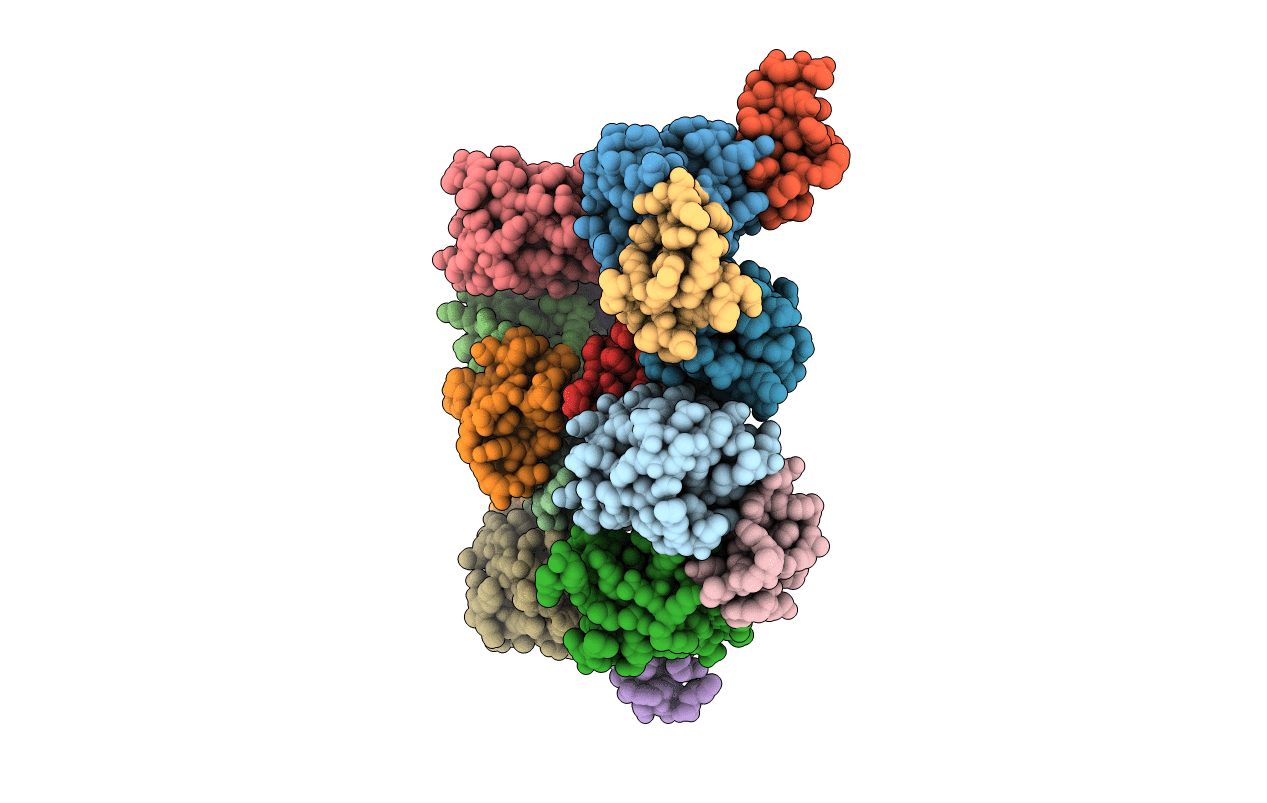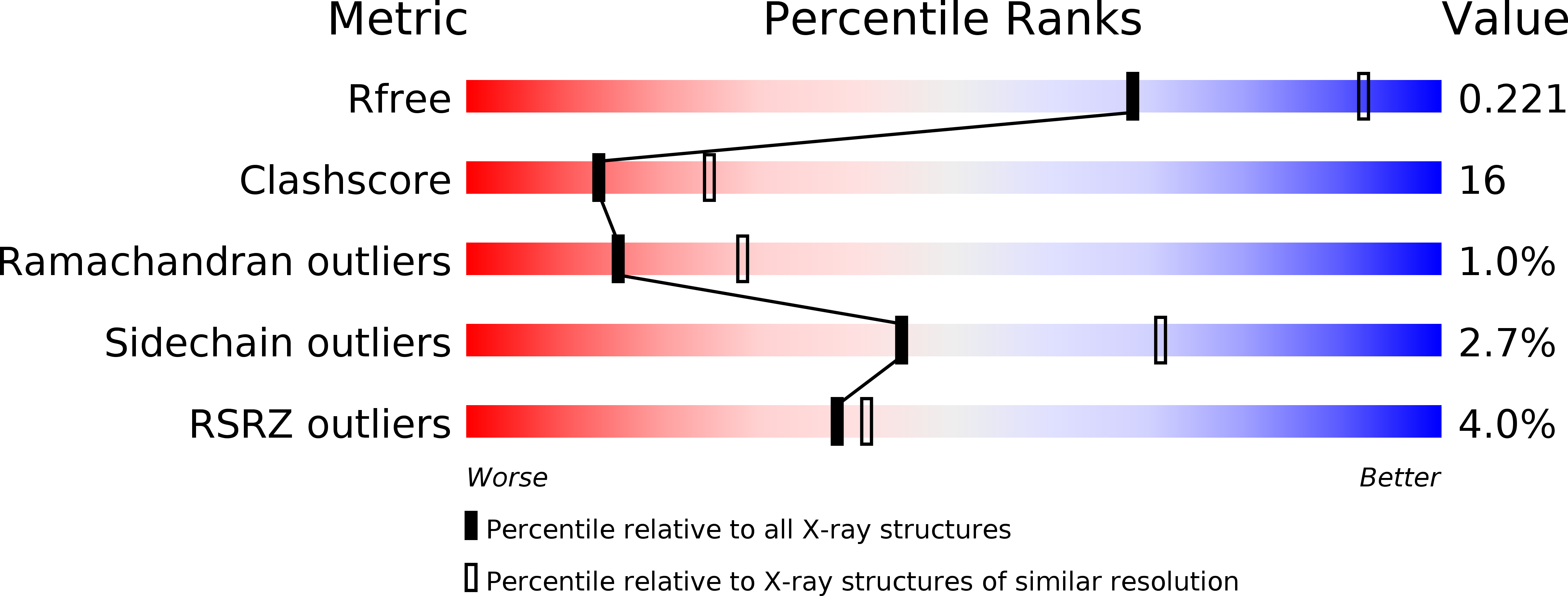
Deposition Date
2010-08-20
Release Date
2010-12-08
Last Version Date
2023-09-06
Entry Detail
PDB ID:
3OJ3
Keywords:
Title:
Crystal structure of the A20 ZnF4 and ubiquitin complex
Biological Source:
Source Organism:
Homo sapiens (Taxon ID: 9606)
Host Organism:
Method Details:
Experimental Method:
Resolution:
2.50 Å
R-Value Free:
0.22
R-Value Work:
0.20
R-Value Observed:
0.20
Space Group:
P 1 21 1


